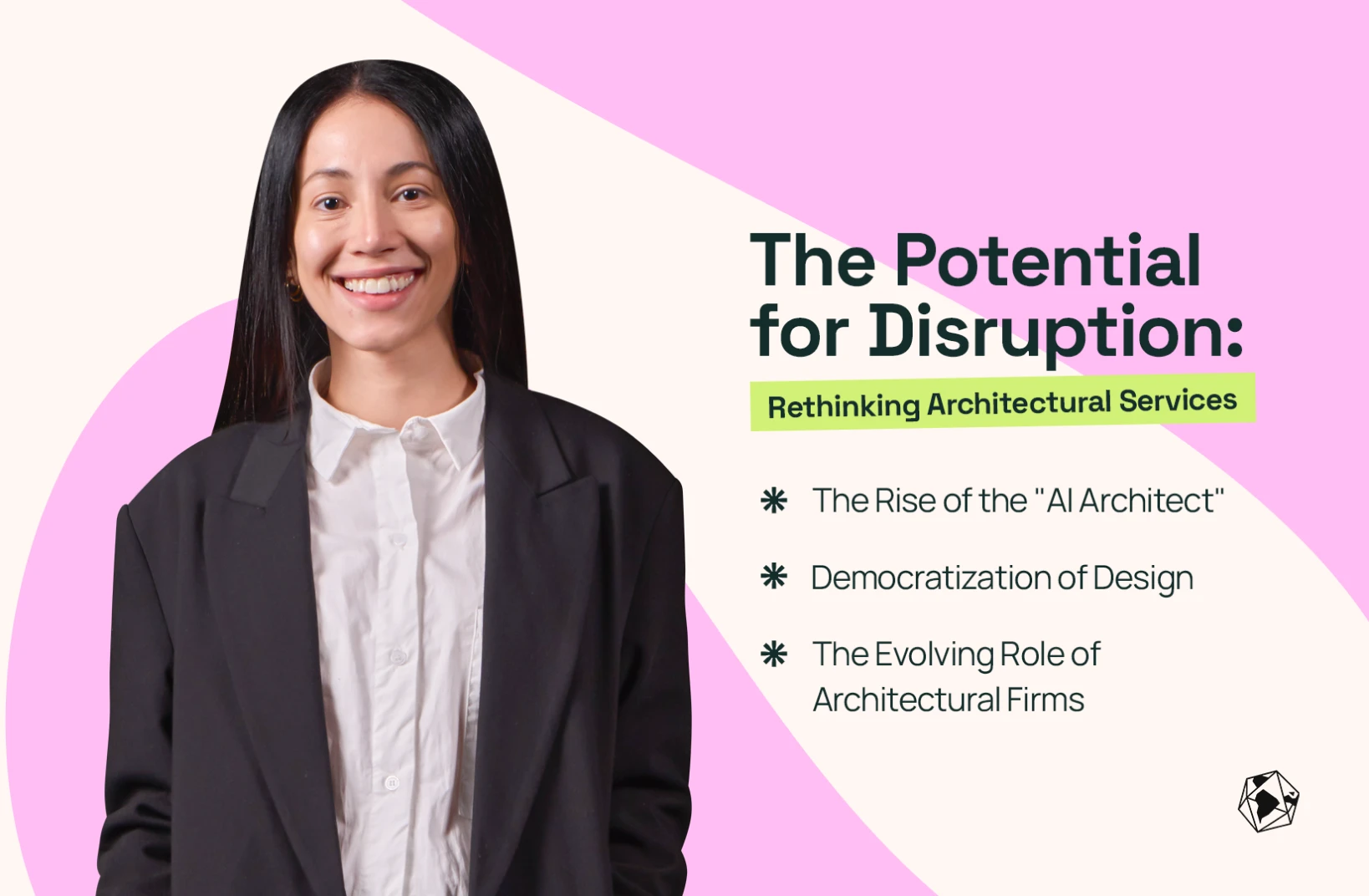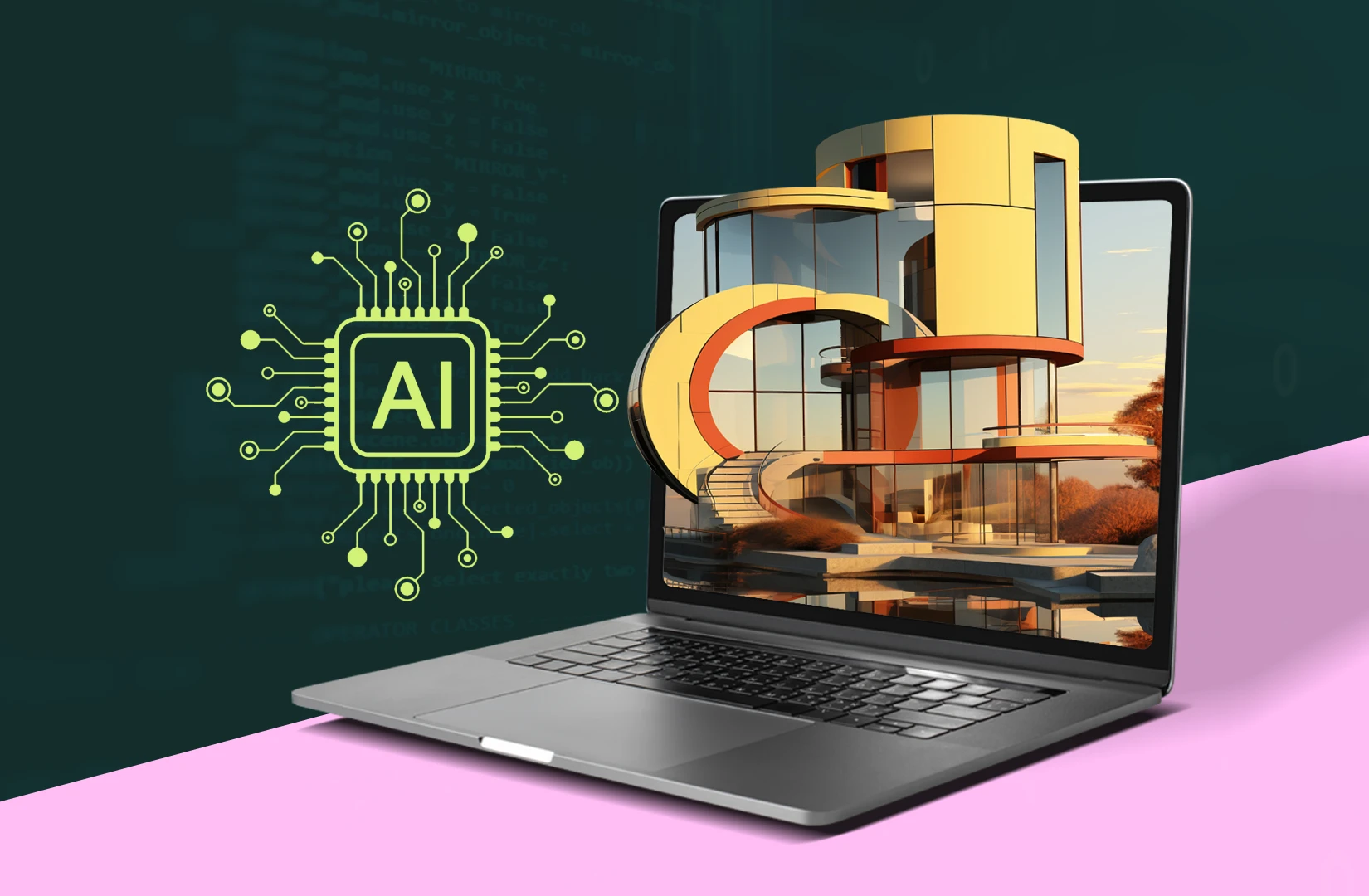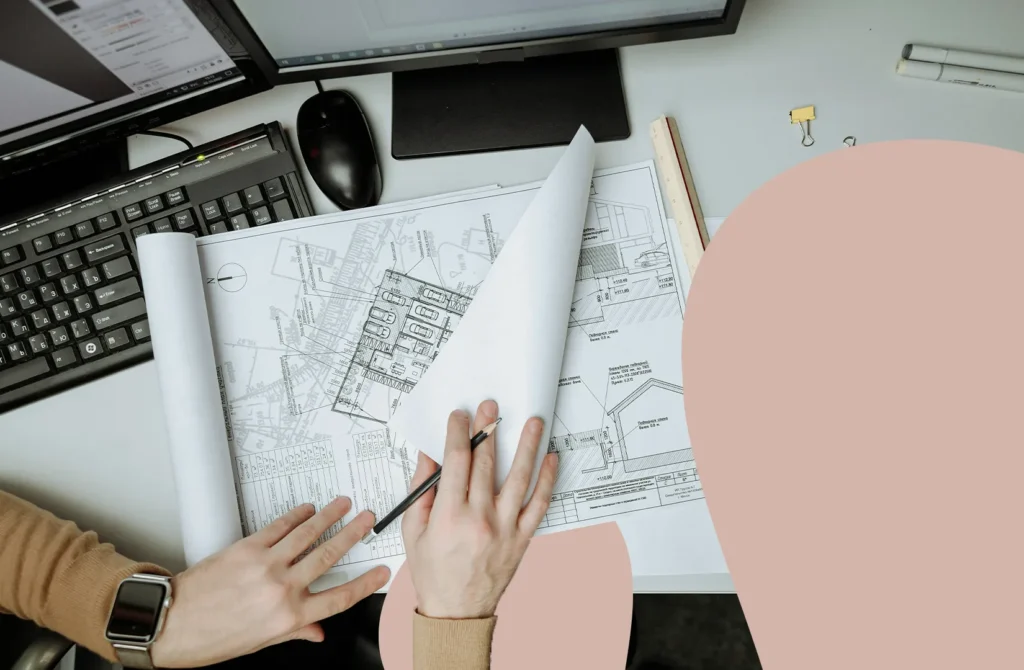AI for Architecture: Revolutionizing Design Processes

The architecture industry, a profession steeped in tradition and history, is undergoing a transformation fueled by artificial intelligence (AI for architecture). AI tools for architectural design, also known as architectural apps or AR architecture apps, are revolutionizing workflows, optimizing designs, and fostering entirely new ways of approaching the built environment. This AI adoption surge presents exciting opportunities and considerations for architects, architectural services firms, and the future of building design.
The Rise of AI in Architecture
Similar to how augmented reality (AR) has begun to reshape civil construction, AI is making significant inroads in architectural design. Unlike AR, which overlays virtual elements onto the real world, AI utilizes complex algorithms to analyze data, generate creative solutions, and automate repetitive tasks. This translates to several key benefits for architects:
Enhanced Creativity and Design Exploration
Generative design, a powerful AI application, empowers architects to explore various design options based on specific parameters and constraints. This fosters a more creative and iterative design process, allowing architects to experiment with different configurations and find optimal solutions that might not have been considered otherwise.
Improved Efficiency and Productivity
AI automates many time-consuming tasks such as 3D modeling, drafting, and even aspects of architectural design services outsourcing. This frees up valuable time for architects to focus on higher-level strategic thinking, client consultations, and design refinement.
Data-Driven Design Decisions
AI can analyze vast amounts of data related to factors like sustainability, energy efficiency, and building materials. This empowers architects to make informed design decisions that optimize performance, minimize environmental impact, and meet client needs.
Reduced Errors and Improved Accuracy
AI-powered tools can identify potential errors and inconsistencies in designs early in the process. This helps to streamline communication between architects, engineers, and construction teams, leading to fewer costly rework projects later on.

Beyond Design: AI in Architectural Workflows
The impact of AI extends beyond the design phase of an architectural project. AI tools can be leveraged throughout the entire project lifecycle, including:
Project Management
AI can streamline project management by automating scheduling, budgeting, and resource allocation tasks. This allows architectural firms to operate more efficiently and deliver projects on time and within budget.
Client Communication
AI-powered visualization tools can create realistic renderings and virtual tours that enhance client communication and feedback loops. This fosters a more collaborative design process and helps to ensure client satisfaction.
Building Code Compliance
AI can analyze architectural designs and identify potential code violations. This helps to avoid delays during the permitting process and ensures that buildings meet all necessary safety and regulatory requirements.
The Future of Architectural Services
The rise of AI presents both opportunities and challenges for architectural services firms. On the one hand, AI can help firms to become more efficient, productive, and competitive. By automating routine tasks and providing data-driven insights, AI can allow architects to focus on the high-value aspects of design.
On the other hand, some may worry that AI could potentially outsource architectural services or replace the role of architects altogether. However, it’s important to remember that AI is a tool, not a replacement for human creativity and expertise. The true value of AI lies in its ability to augment human capabilities and empower architects to achieve better design outcomes.
Grow your team and reduce costs with WorldTeams.

A Glimpse into the Future: AR on the Jobsite
We’ve already seen the beginnings of augmented reality (AR) transforming civil construction. Let’s imagine how AR might be used alongside AI in the future:
Improved Visualization and Communication
Imagine using AR to overlay a virtual building model onto a construction site. This would allow architects, engineers, and construction workers to see how the finished project will look in real time, facilitating communication and reducing errors.
Enhanced Quality Control
AR could be used to superimpose blueprints and specifications onto real-world construction elements. This would enable workers to verify their work against the design intent and identify any issues early on.
Streamlined Training and Onboarding
AR applications could be used to provide on-site training and guidance for construction workers. This could improve safety, efficiency, and overall project quality.
Exploring AI-powered Architectural Tools
The world of AI-powered architectural tools is constantly evolving. Here are a few examples of the innovative solutions currently available:
Autodesk Revit
A popular BIM (Building Information Modeling) software that integrates AI features for design automation, code checking, and energy analysis.
Generative Design Tools
Platforms like Within Design and Gehry Technologies utilize AI algorithms to generate design options based on specific user inputs and constraints.
Dreamcatcher
An AI-powered tool that helps architects optimize building layouts for factors like energy efficiency and occupant comfort.
Byggit
An AI tool that automates the creation of construction documents from architectural designs.
By embracing AI and these innovative architectural apps, architects and architectural services firms can position themselves at the forefront of the design revolution. AI offers the potential to streamline workflows, improve efficiency, push the boundaries of creativity, and design the future for the built environment.

The Potential for Disruption: Rethinking Architectural Services
Integrating AI into the architectural workflow can potentially disrupt the traditional model of architectural services. Here are some ways this might unfold:
The Rise of the “AI Architect”
While AI won’t replace architects entirely, it could lead to the emergence of a new role – the AI architect. This individual would possess expertise in both architecture and AI, using AI tools to generate design options, conduct analyses, and optimize building performance.
Democratization of Design
AI-powered design tools could become more accessible and user-friendly, allowing non-architects to participate more fully in the design process. This could lead to more collaborative and user-centric design solutions.
The Evolving Role of Architectural Firms
Architectural firms may need to adapt their business models to leverage AI effectively. This could involve offering new services such as AI-powered design consultations or partnering with AI technology companies.
Addressing the Challenges
Despite the numerous benefits, there are challenges to consider when adopting AI in architecture. Here are some key points:
Ethical Considerations
As AI algorithms become more sophisticated, questions will arise about bias, transparency, and accountability in design decisions. Architects must be mindful of these issues and ensure that AI is used ethically and responsibly.
The Human Touch
While AI can automate tasks and provide valuable insights, it cannot replace the human touch in design. Understanding and responding to human needs, desires, and emotions will remain a crucial aspect of architecture.
The Importance of User Input
AI tools are most effective when combined with human input and expertise. Architects will need to develop a collaborative relationship with AI, using it as a tool to enhance their creativity and decision-making capabilities.

The Future of Architecture is Here
Integrating AI into architecture is not a distant future but a present reality. By embracing AI and its potential, architects can unlock a new era of design possibilities. From optimizing building performance to fostering more collaborative design processes, AI can transform how we design and build our world. As AI continues to evolve, the possibilities for architecture’s future are limitless.
We believe that outsourcing architectural services can be a great way to save time, money, and hassle when building a container home. By outsourcing the architectural design and drafting to a third-party company like WorldTeams, we can free up our time to focus on other aspects of the project, such as finding a contractor and obtaining permits.
At WorldTeams, we have a team of experienced architects who are familiar with container home design. We can help you create a design that meets your needs and budget. We also offer a number of other benefits, such as:
We offer access to top-tier talent
Our team is made up of the top 3% of architects in the world. They have the skills and experience you need to bring your projects to life.
We offer affordable rates
Our rates are typically one-third of what you’re used to paying, without sacrificing quality. This means you can scale your business, take on more projects, and still maintain your reputation with your clients.
We have a quick and efficient recruitment process
We take care of the recruiting and matching process for you and can provide you with at least three professionals for every role you need to fill in as little as two weeks.
We offer flexibility
Whether you need to fill a full-time, part-time, or flexible position, our professionals are always ready to jump in and help.
If you are considering outsourcing architectural services for your container home, we encourage you to contact WorldTeams to learn more about our services and how we can help you.
Hit us up today for a free consultation today!









